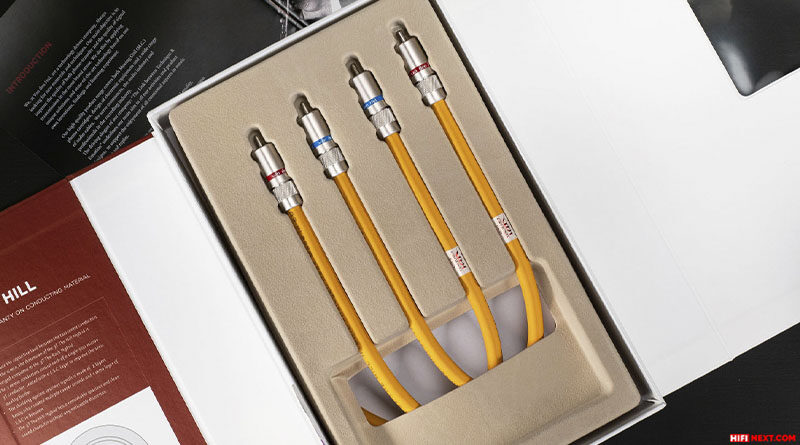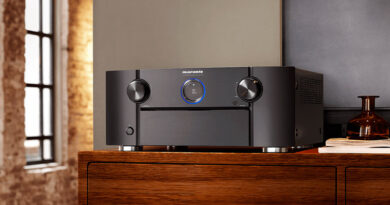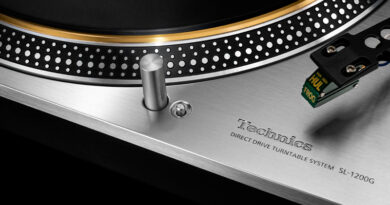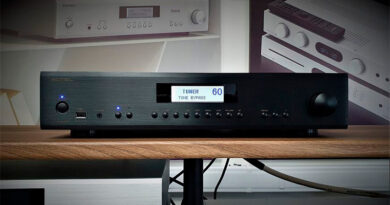Van den Hul The Hill and The Cliff cables Review
It is very difficult to understand the Van den Hul catalog – but, perhaps, it’s time to do it. As test subjects, I got a pair of not the youngest interconnect cables belonging to the upper third of the 3T line – the manufacturer deciphers this as “True Transmission Technology”.
If you try to translate the name verbatim, you get “Technology of accurate transmission”. However, similar terms and definitions can be found in almost any cable manufacturer: despite the fact that both technologies and materials are different, and all these cables work in the end in their own way. And if you start reading the description, you can get even more confused.
But some formal criteria need to be defined. The composition of the conductors in this case is very unusual – linear-structured carbon fiber in combination with a certain metal alloy. It also mentions that five metals and one non-metallic element are used, which probably means carbon fiber.
But in practice, this does not explain everything. Even if you look at the photo of the disassembled wires or study them live at the exhibition, this will not add to your understanding. And theorizing without a sufficient basis is a thankless task.
To begin with, let us note the purely applied declared properties: resistance to mechanical or chemical aging, temperature stability, high mechanical strength and flexibility. Personally, I was interested in the manufacturer’s assertion that the cables quickly “come to life, burn in” – supposedly enough 48 hours.

Two models participated in the experiment: The Hill (younger, located in the middle of the 3T series) and The Cliff (one step higher – the senior segment of the line begins with it). Let’s look at some basic custom properties first. Everything was assembled neatly, however, it will not be possible to study the cut in detail, even if you disassemble the connector.
From the first pleasant impressions – very good flexibility and lack of springiness. Cables are easy to lay out in a rack, and the nice matte outer shell of the Hulliflex does not slip – and this is really convenient in practice when you need to route cables so that some are farther from the others.
The Hill model is slimmer and has a bright orange outer shell. The Cliff cable is noticeably thicker, but just as soft and flexible, and its sheath color is less striking. On the inside, The Hill has two 3T conductors and four outer shielding layers alternating between two carbon fiber and two metal.
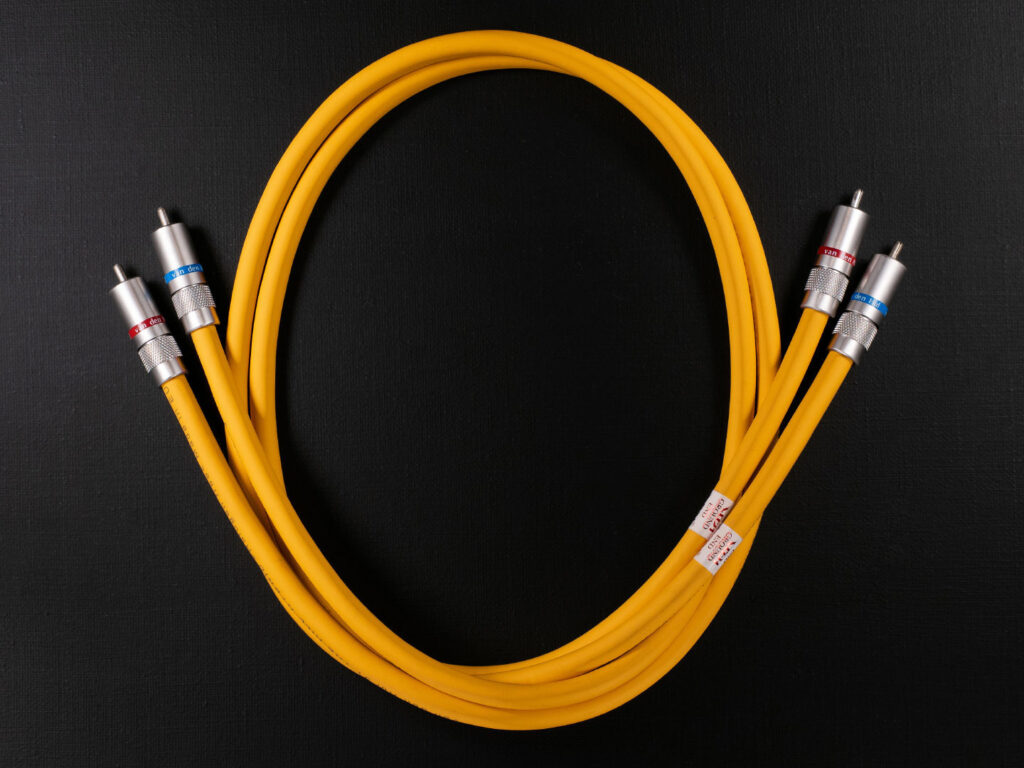
The Cliff not only looks thicker, but is also more sophisticated – it uses four 3T conductors and a center ground conductor of silver-plated copper. But this cable has no screens. Interestingly, The Hill has a Ground End mark to indicate the direction of the connection.
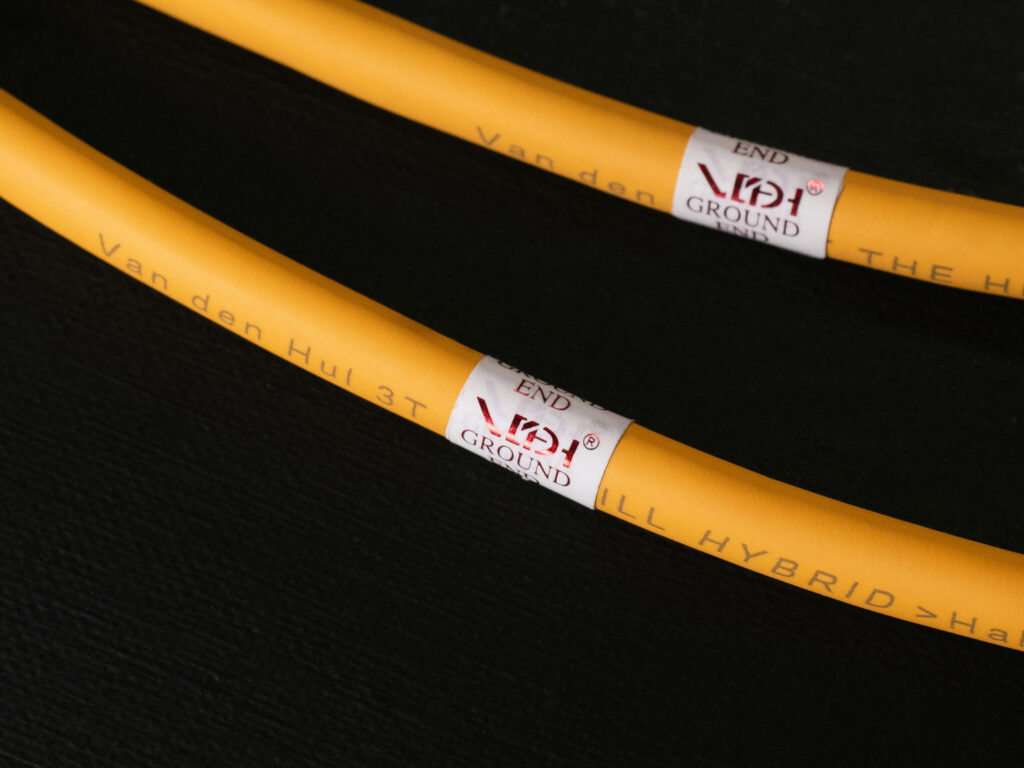
However, according to the manufacturer’s recommendations, both directions of connection can be used. In the first case, the noise immunity is higher, and in the second, the sound is more transparent and more detailed, but there is more interference. An interesting statement.
It can be assumed that the wiring of conductors and shields is different from different sides of the cable. This only applies to cables with RCA plugs, as XLR termination does not provide a flip option.
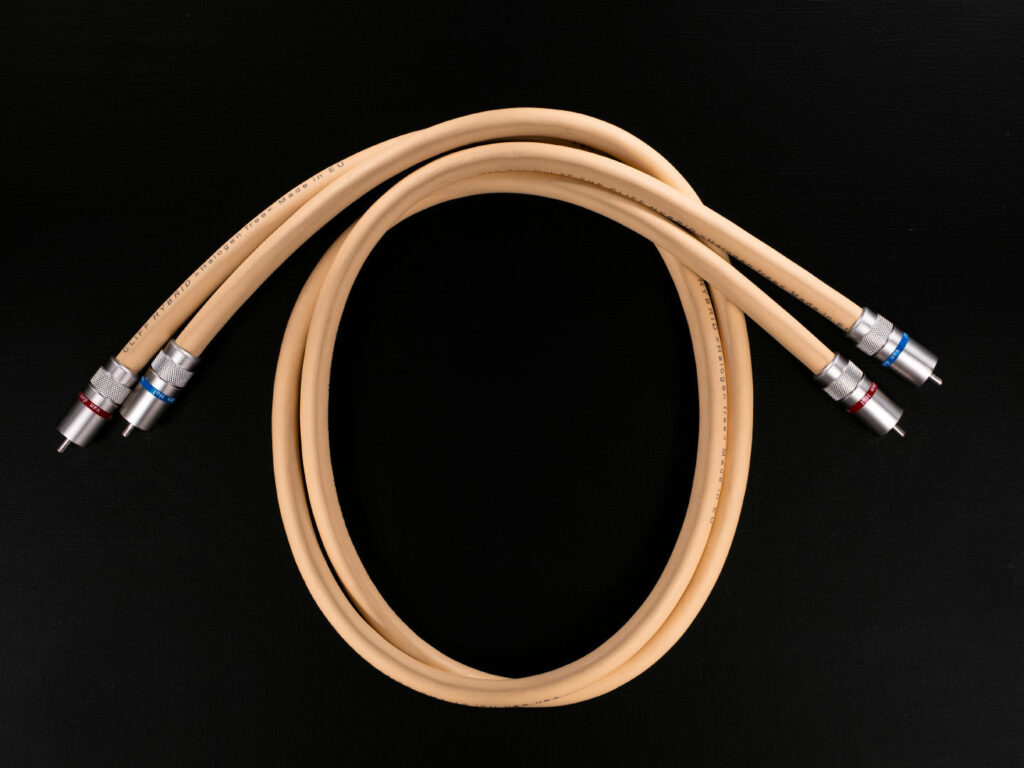
Both cables are analog signal, and there are only two choices: RCA or XLR. I have seen indications for The Hill that it can be used as an instrument cable. But in general, they are sold in a factory cut, in lengths from 0.8 to 1.5 meters – the rest of the lengths are available only to order.
If the cables are balanced, then they are equipped with Neutrik connectors with silver-plated contacts. The unbalanced version uses proprietary rhodium-plated RCA connectors – Model C-8.4 for The Hill and Model C-11.3 for The Cliff.
The connectors are not collet, with an even, confident, but not at all excessive, connection force. The younger ones look quite familiar, but the older ones are quite thick, with a large outer case diameter. If the terminals are located very close to each other, it can be difficult, but this is more likely to apply to vintage or budget equipment.
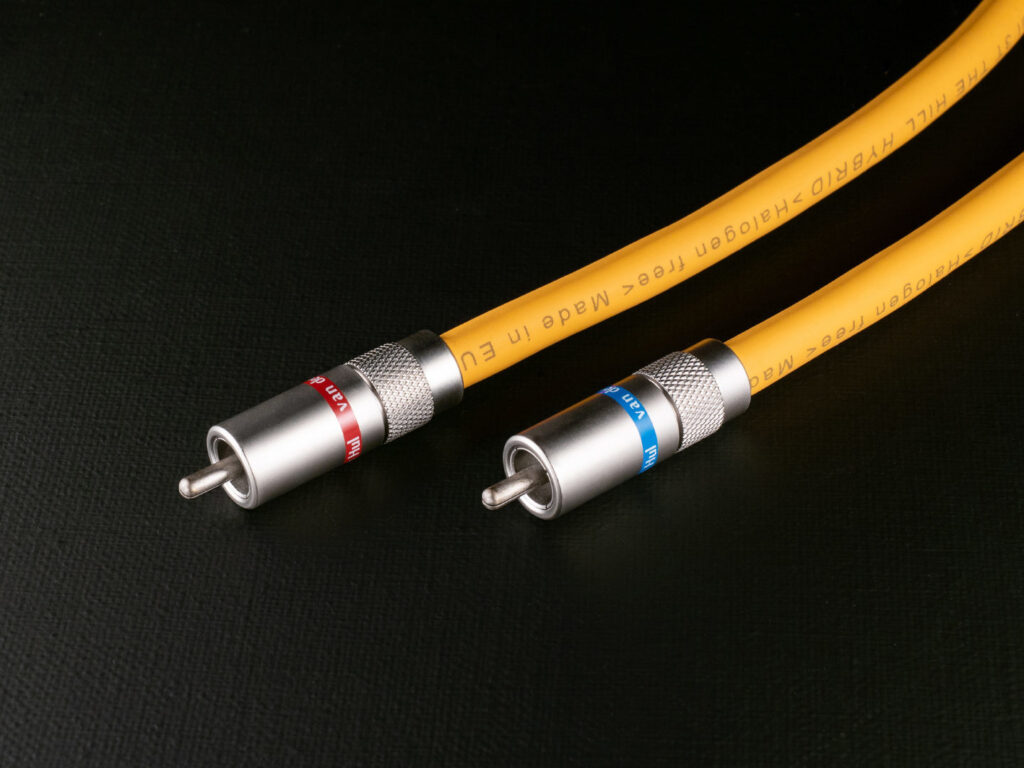
The cables have been with me for a long time – so there was enough time to try them in a variety of options and combinations. But the copies arrived already working, so after a few hours under the signal, I did not notice any further changes. Both instances are fairly stable in behavior, the properties were clearly manifested in different conditions – and with the repeatability of the results, no surprises were also found.
Build sound
Let’s start with the younger Van den Hul The Hill. In character, there is a noticeable craving to slightly accentuate the upper middle, the presentation is emphasized musical, there is fusion, melodiousness and emotions. The sound is not cold or distant at all.
The detail is not bad, but only up to a certain (very high) limit, and then a slight drop seems to be felt. Emotionality is also emphasized, but quite delicately and neatly.
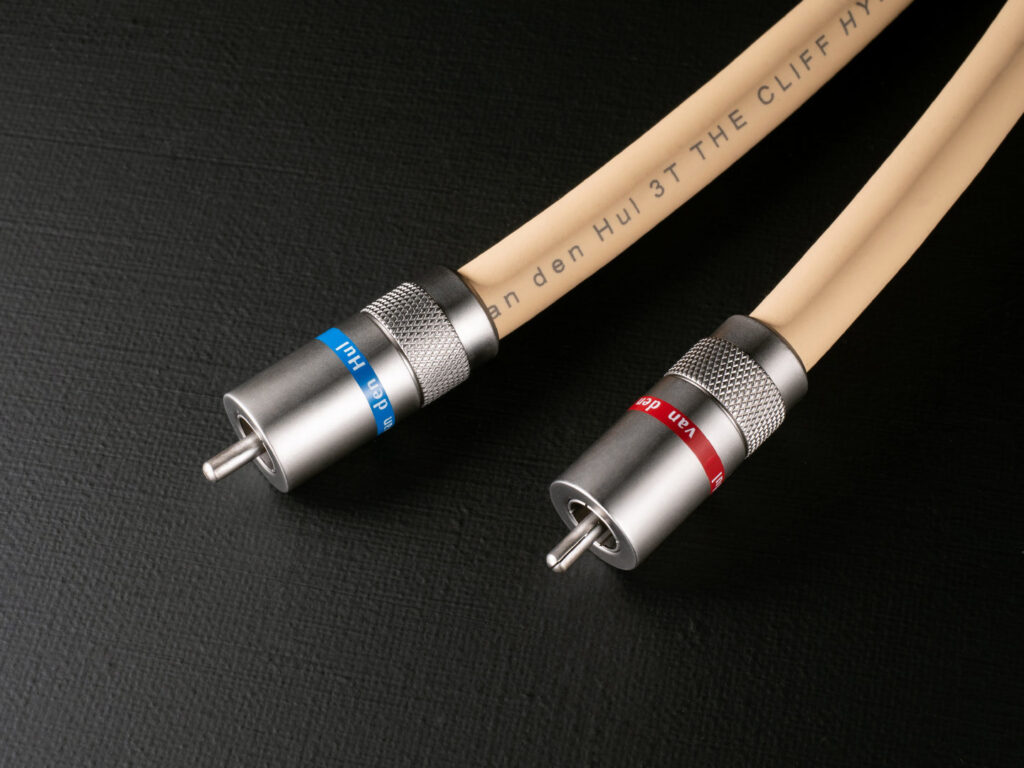
The bass is not very deep, but structured, coherent and very realistic. In general, the edges of the range seem to be slightly smoothed, or everything else – slightly raised. The cable seems to “collect” the sound: so in a somewhat sluggish system with a detached feed, you can add colors. And if the system itself is bright or sharp, the increase will be less noticeable – and it will most likely not work to sort out the “color”.
The stage is not very deep and not too wide, there is a slight tendency towards intimacy. But the drawing of the images is quite detailed – and the volume is not bad. On small and medium-sized trains, the microdynamics are clearly good, but in large trains, the harmony may be slightly lost.
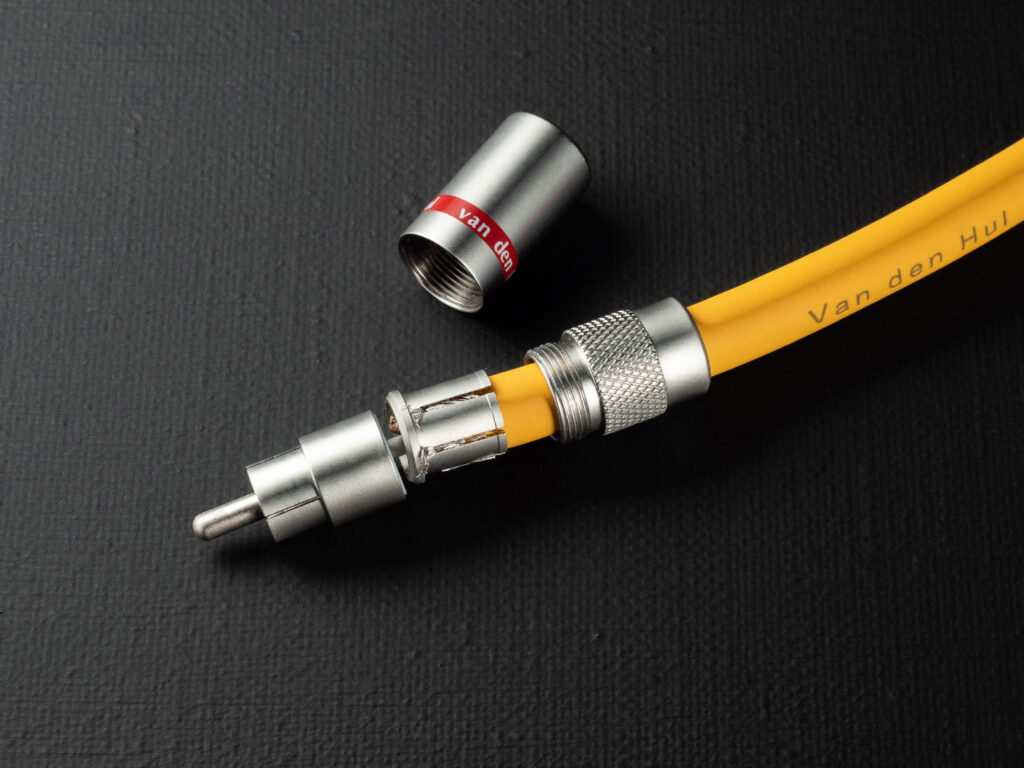
The genre is more likely to be present. Small and medium compositions, acoustic instruments, vocals – all this turns out very beautifully. And if there is also a noticeable softened tube character in the path, then everything as a whole is very well balanced and mutually complemented.
As for the direction of connection: in more neutral paths – rather by marking “Ground End” to the amplifier. In other cases, it is better to try it yourself. Although I would advise in any case to try different options – it’s at least interesting. It is difficult to catch the difference in nuances, but it is there.
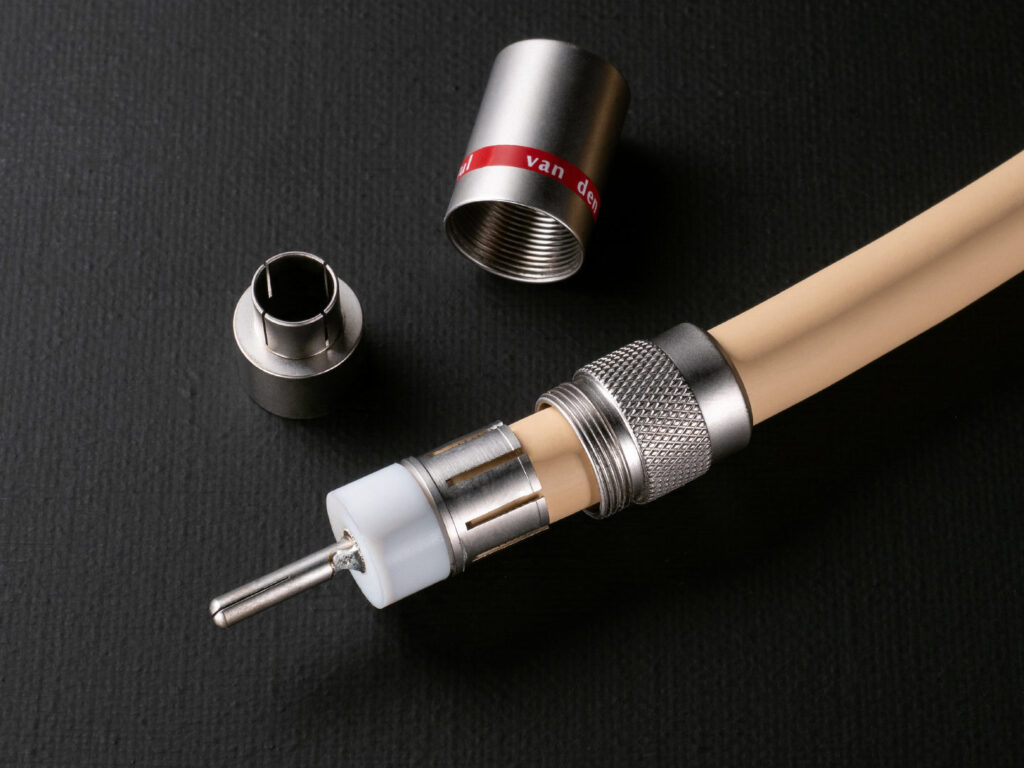
Live colors of Van den Hul
And now Van den Hul The Cliff. It would seem that the cable is just a step older. But he is constructively different, which clearly follows from the description – and in behavior and character he also differs very much.
The first thing that you notice is that the detail, transparency is higher, there is a certain inclination towards a more analytical presentation and attention to after-sounds. There are a lot of emotions and colors in the sound, but in general, everything is perceived not bright. There is no tightness, rather there is neatness. The middle doesn’t feel lifted, the range feels fairly flat, and the pitch is more neutral.
The scene is wider and deeper than the average, with good aerial detailing. There is some degree of brightness, but it is distributed evenly, without accents. The sound is not warm, even slightly closer to cold, but the timbre is quite natural, lively and emotional.
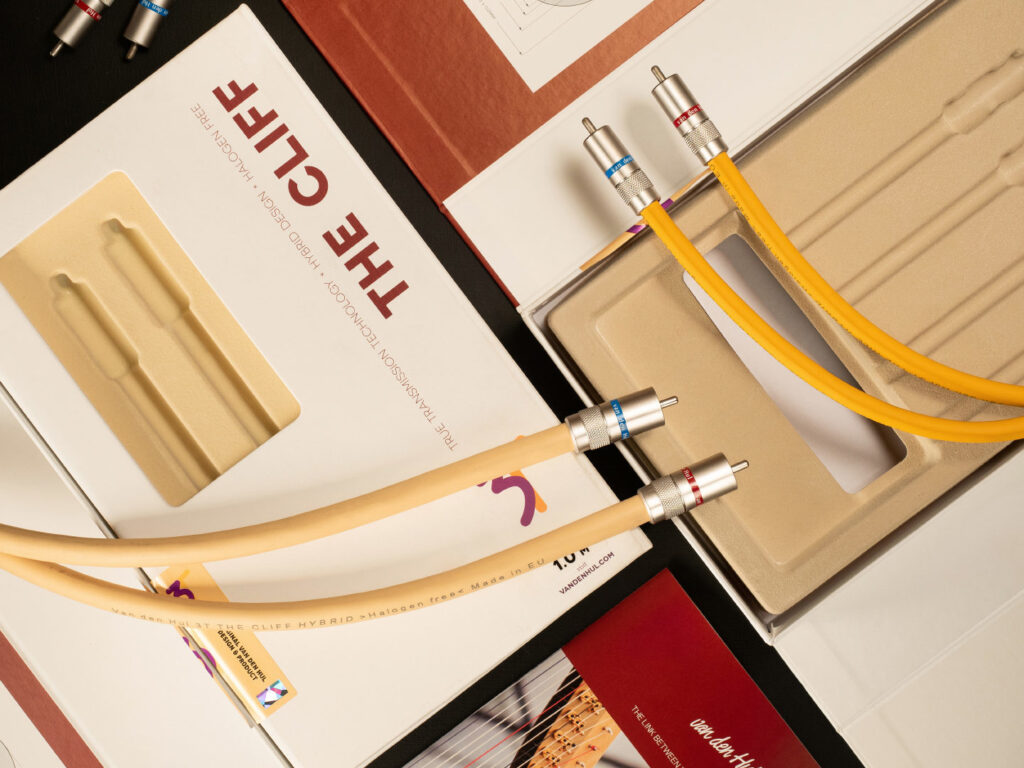
I did not notice any unambiguous genre preferences: from electronics to metal, everything is played out without preferences, with some analyticity, but with lively colors and emotions. In some cases, the sound seems to be slightly brighter than usual, but this brightness is not associated with warmth or softening.
In general, the character is very versatile, moderately bright, but at the same time even. In terms of directionality, the manufacturer does not give any recommendations here: the cable is soldered in the same way, and in practice the differences are hardly noticeable.
Conclusions
Very interesting and indicative results. It would seem that two adjacent cables in the same line of the same manufacturer – and what a result! At the same time, perhaps, in both cases, it turned out to be self-sufficient.
I wouldn’t even mix up this kind of cable harness – this is the case when everything is fine in its place. No better or worse, just different readings of the sound – for different goals and objectives.
Official site: Van den Hul The Hill, Van den Hul The Cliff
This review is a translation of the original article from stereo.ru

